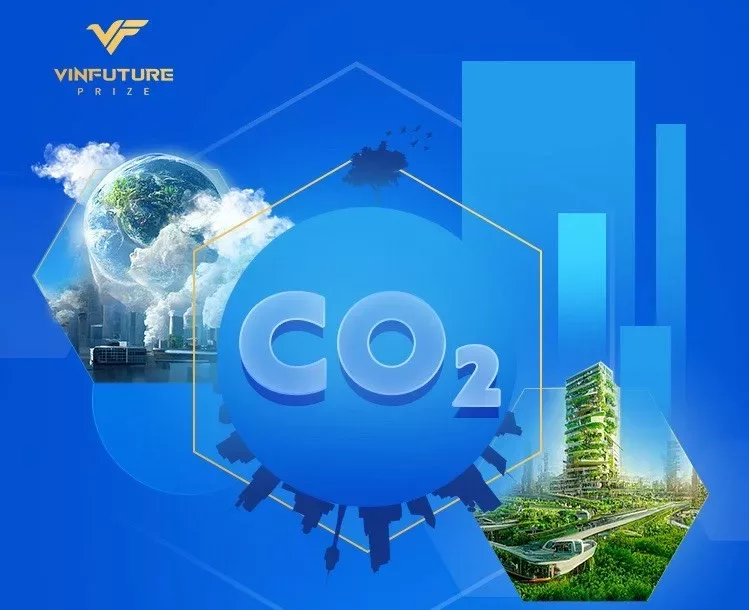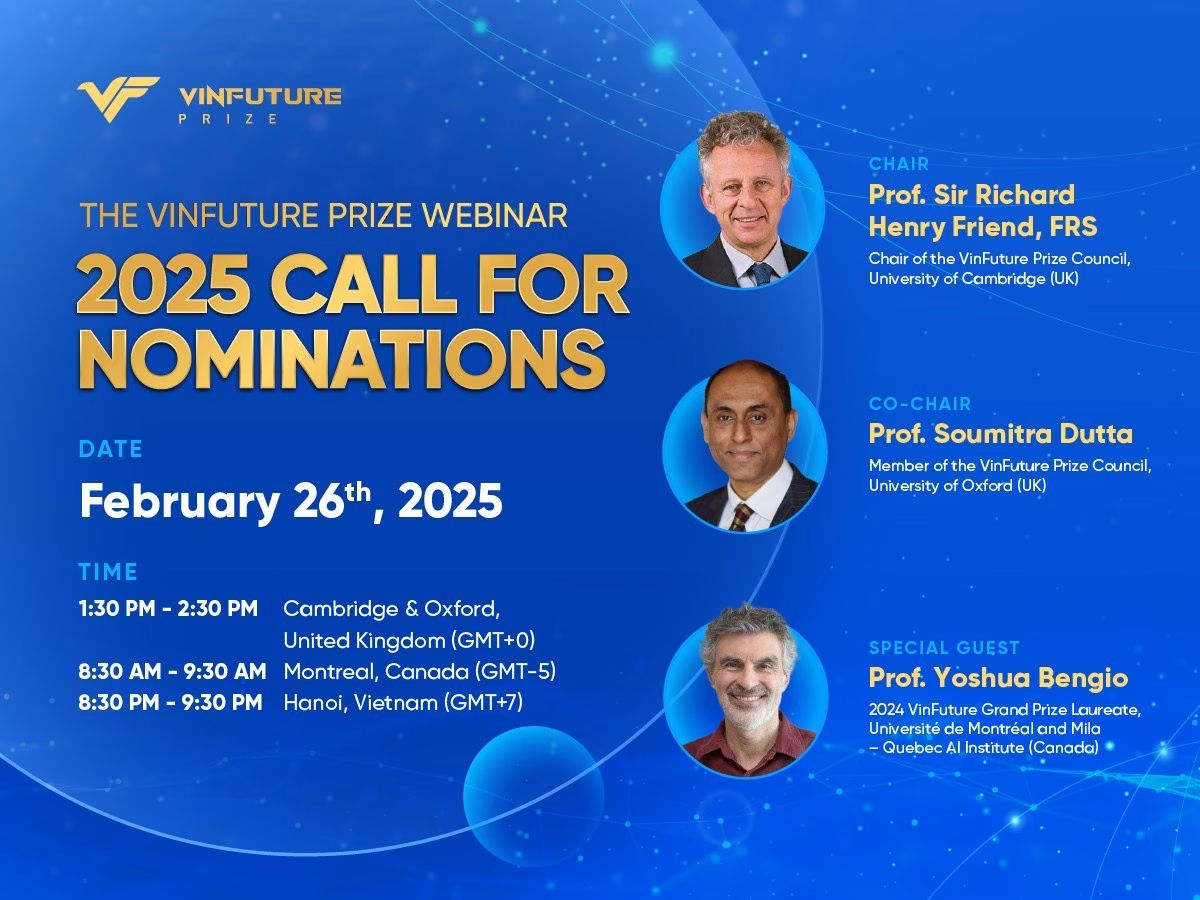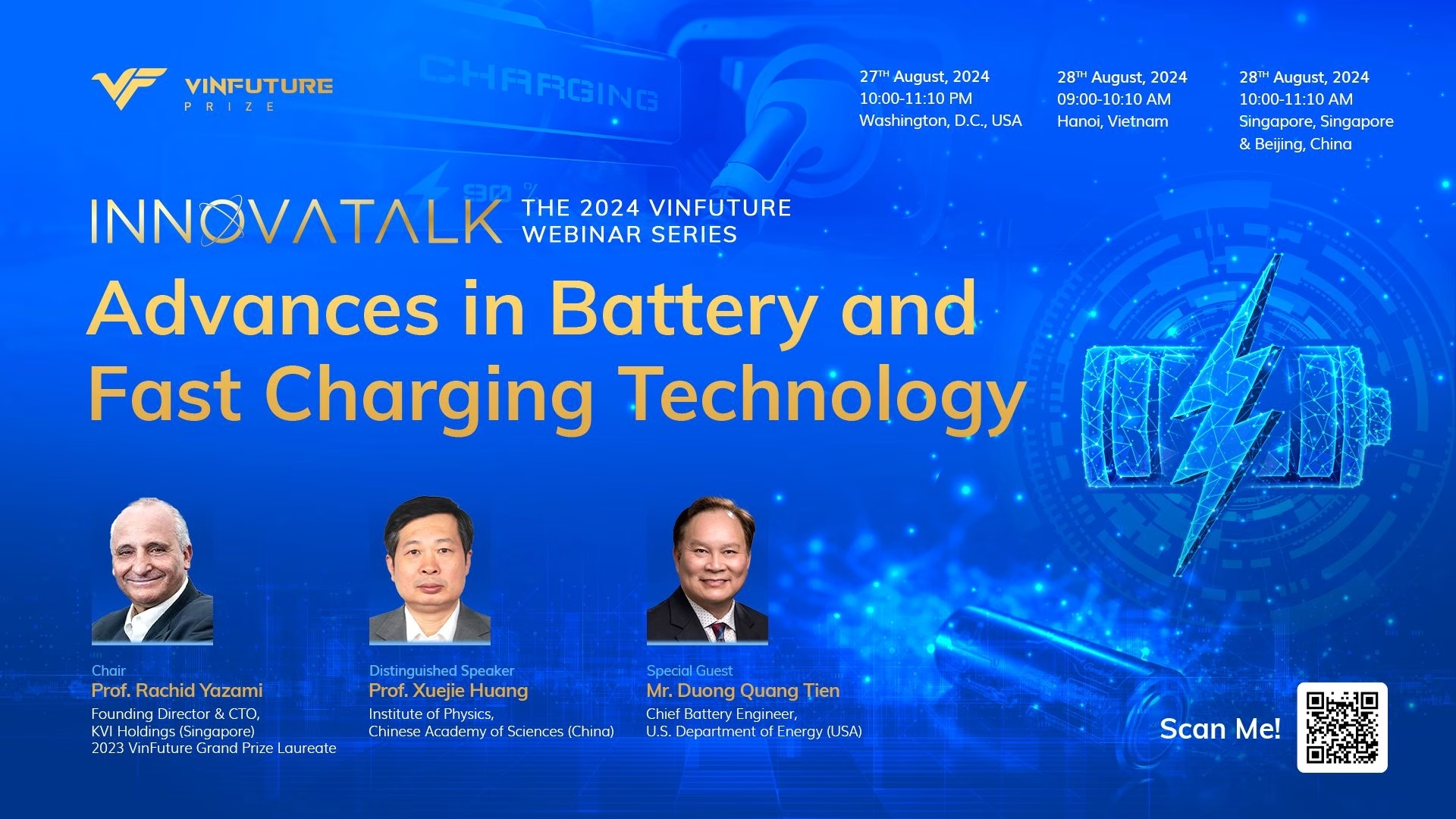- You are cordially invited to join us for the VinFuture InnovaTalk webinar on Carbon Capture and Storage Solutions for Climate Change. The event will take place on June 28 from 9-10 AM Vietnam time (GMT+7), which corresponds to June 27, 7:00 – 8:00 pm California, USA (GMT-7) and 10:00 – 11:00 pm New York, USA (GMT-4). The webinar will be conducted via Zoom.
- To secure your spot, please register for the webinar by clicking on the following link: https://forms.gle/Xvuqfuz16Sf9oN6y8. After completing the registration, you will receive a confirmation email containing the Zoom link.
Exploring the potential of carbon capture and carbon storage technologies
Prof. Kammen emphasized the need to achieve complete decarbonization of the energy system and transition to a fully renewable energy system while considering the carbon future. However, he also acknowledged the potential need to explore carbon capture and storage technologies to remove carbon from the atmosphere, given the delay in taking action to address climate change.
He outlined two approaches to accomplish this goal: natural solutions and anthropogenic or industrial methods. Natural solutions involve the growth of forests or the restoration of damaged ecosystems, which can absorb carbon. On the other hand, anthropogenic methods, known as CCS (carbon capture scenarios) or CCUS (carbon capture and use), involve capturing emitted carbon at power plants or directly extracting it from the air using scrubbers. However, these solutions have their drawbacks, as they result in the generation of carbon dioxide or solid carbon and consume significant amounts of energy.
While recognizing the potential of these technologies, Prof. Kammen also expressed concerns about the environmental implications associated with them. He highlighted the consequence that these technologies might inadvertently prolong the use of fossil fuels by diminishing their perceived negative impact.
Prof. Kammen noted that the implementation of carbon capture, regardless of location, contributes to the reduction of the global carbon budget. However, he strongly emphasized that it is more advantageous to prioritize avoiding carbon emissions altogether, especially considering the declining cost of renewable energy compared to fossil fuels. He highlighted the critical importance of a complete transition to clean technologies across power plants, industries, and transportation sectors.
While recognizing the potential need for carbon capture in industries, Prof. Kammen personally advocated for prioritizing the protection and restoration of forests and natural ecosystems for carbon capture purposes. He pointed out that natural solutions, such as investing in mangrove swamps or preserving rainforests, would be more relevant for developing or industrialized nations, rather than relying on costly technologies that might be more feasible in wealthier countries.
Tackling emissions and air pollution: Vietnam’s path to net zero emission
Prof. Nguyen highlighted that the webinar’s topic on carbon capture and storage solutions is highly relevant and timely for Vietnam’s current development with the set goal to achieve net zero emissions by 2050. Vietnam is highly vulnerable to the impacts of climate change, particularly due to its long coastal line and frequent occurrences of typhoons, yet we are a significant emitter of greenhouse gases and other climate-forcing agents like black carbon.
“That’s why for us it was very timely also to join hands with the global society to tackle the emission part. It means to help mitigation with actions such as carbon capture and storage to lessen or to mitigate the emission,” she added. Prof. Nguyen emphasized that air pollution is the greatest environmental threat to human health, causing approximately 7 million deaths globally each year, with a significant portion occurring in Asia.
According to Prof. Nguyen, the concept of co-control of emissions for multiple benefits focused on reducing fuel consumption or transitioning to clean and renewable energy sources such as solar and wind. Additionally, improving energy conversion efficiency in thermal power plants helped minimize fuel usage and achieve more complete combustion. By pursuing co-control strategies, multiple benefits were achieved, including addressing climate change and improving air quality, she said. These efforts proved to be cost-effective and contributed to reducing both climate-forcing emissions and air pollution simultaneously.
Prof. Kammen and Prof. Nguyen’s perspectives on carbon capture reveal a nuanced approach to achieving net-zero emissions in Vietnam. While Prof. Kammen advocated for prioritizing natural solutions like investing in mangrove swamps or preserving rainforests for carbon capture purposes, Prof. Kim Oanh Nguyen highlighted the importance of exploring carbon capture and storage solutions.
Both experts recognized the potential need for carbon capture in industries that are challenging to decarbonize, but Prof. Kammen’s approach emphasized the importance of preserving natural ecosystems. Given Vietnam’s vulnerability to the impacts of climate change and its significant greenhouse gas emissions, the country must consider a multi-faceted approach to achieving its net-zero emission goal.








